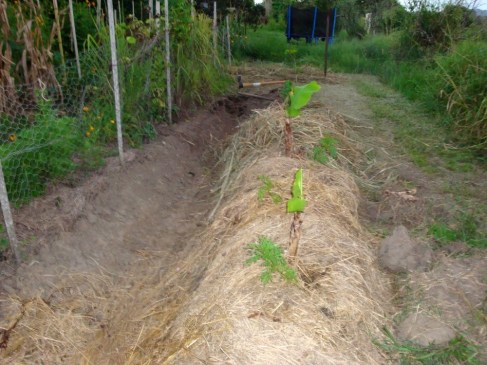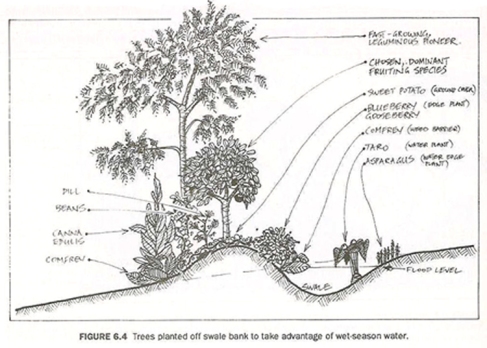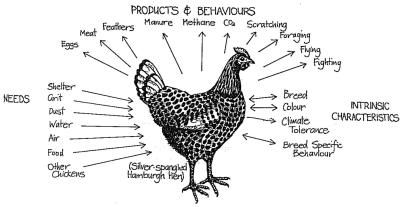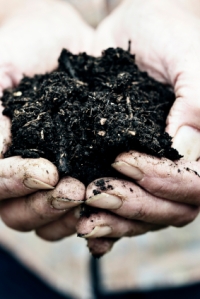In permaculture, it’s all about designing sustainable systems. The land we develop need to produce and harvest energy in a sustainable way. To achieve this, we need to design systems which :
- Last as long as possible with the least maintenance.The initial construction and any maintenance to elements of your land’s design will take both man power, machines, and the fuel they both need to function. Systems should be designed to reduce input energy/
2. Systems should be fueled by the sun. The sun is our most available resource, and plant’s know best how to make use of it. Design for photosynthesis and use solar power whenever possible.
3. Systems should produce not only for their own needs but for the needs of the people caring for them. We want land that works for us.
When we get to designing and implementing systems, we can use energy to construct them proving they store and conserve more energy than we use in their construction and maintenance. Think surplus right from the blueprints.
- Did you know that 1 Hour of driving a car is equal to 100 years of sunlight over one hector of land, when we talk energy accounting?
PERMACULTURE AND TIME WITH GEOFF LAWTON (click)
So, when we consider a peice of land we need to look at it not just at face value, but at all the potential levels of energy storage. In permaculture, it’s all about stacking the system with an abundance of energy.
You can watch a documentary about energy sustainable farming HERE
The first and most essential consideration we need to look at when answering this question of energy, is WATER.
Water is an essential part of growth and is one of the most vital forces of energy. When we consider our land, we often think within the confines of streams, lakes, creaks, rivers, ponds, and wells. But these are limited and leave plenty of land out of bounds.
The permaculture approach is that once again, the limit is in the imaginations of the designer, not in nature. There isn’t a shortage of water, there’s a shortage in water storage.
Consider that even in the Sahara desert there are flash floods and rain storms, which bring potentially adequate water, but it’s simply washed away.
So, how does it work? In permaculture design we implement a system of “swales” and dams on a small scale to soak the land with water deep into the soil and provide perfect ground for tree planting.
A swale is a ditch dug out and leveled on the land’s natural contour. The dirt you remove is heaped to for ma mound below which is then heavily planted.
This design catches and soak rain water into the land and stores it in the soil. Where before water would slip away on the surface, now it is soaked into the earth, meaning less rain fall is needed.
Dams are often considered to be environmental atrocities. At the scale we’re used to they are, but on a small scale a series of earth dams catches and stores water for your agricultural irrigation through out the dry seasons. It’s an incredibly simple concept and the output in remarkable.
Up to 15 % of your land can be zoned as surface water. A permaculture motto is walk up to the point of chaos and take one pace back. Nature is chaotic. In permaculture we look to nature for the lessons.
In Geoff Lawton’s farm (one of the founders of permaculture) TAGARI FARMS he’s implemented 48 dams and kilometers of swales on his 100 acre property. 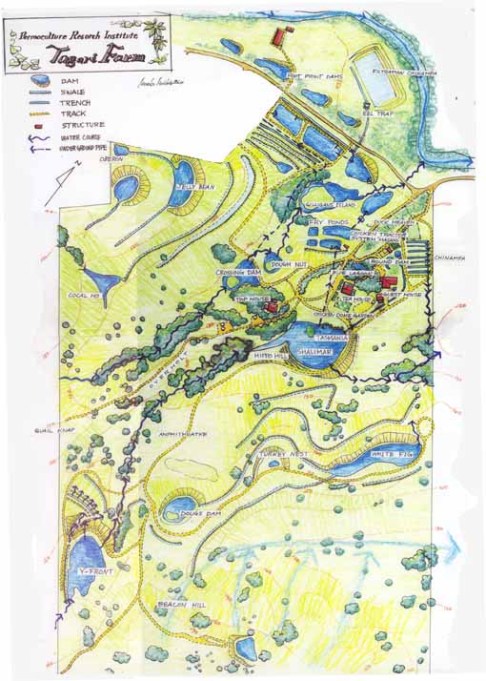
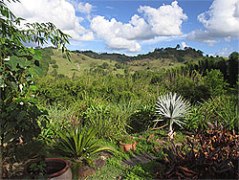 Read the book WATER FOR EVERY FARM and start thinking!
Read the book WATER FOR EVERY FARM and start thinking!
After about ten years of catching and water soaking you can even end up with a spring.
This kind of thinking is necessary to combat our current global water shortage. How can California be in a constant state of “drought” and still be a mega agricultural producer? If we constantly pull on our ground water, dam our rivers, and pump water for irrigation we are once again actively depleting a vital resource.
Read: ANANDA SHIVA’s book WATER WARS
and start thinking about catching the rain water on your roof, building a natural filter and drinking it, and recycling your grey water. There are simple ways to each and every day be making the decision to be apart of the effort to conserve water for future generations.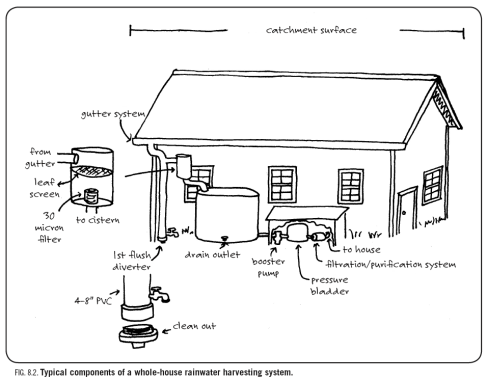
With some simple plumbing changes you can even design your grey tap water from your sink to fill your toilet bowl so that you’re not flushing with clean water. Water which is in Canada and the states, DRINKABLE.
Water is undeniably important to all beings which were so lucky to appear on this planet and our current approach to agriculture, irrigation, and enormo-daming is threatening that resource. Permaculture addresses our problem and tries to remedy.
